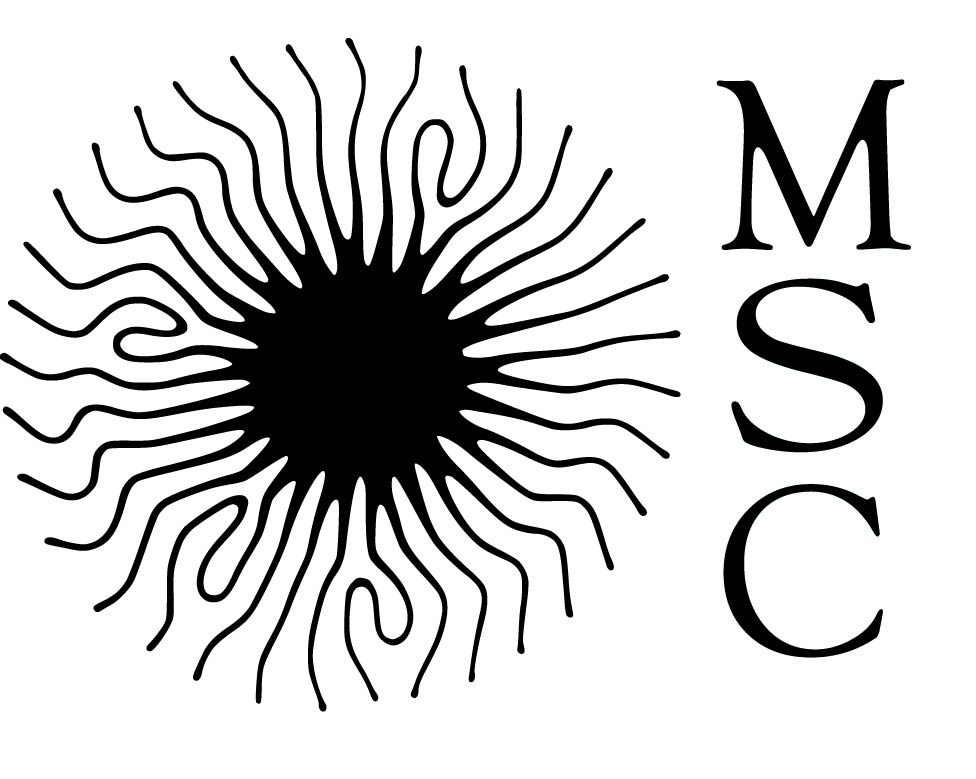Mechanics and hydrodynamics of living and biomimetic systems
This line of research focuses on biological systems, with an approach based on the mechanics and physics of dynamic systems.
Members
- Dražen Zanchi, teacher-researcher
- Cyprien Gay, researcher
- Emilien Dilly, PhD student

Biomechanics of plant tendrils
Tendrils are the organs that enable climbing plants to attach themselves to supports. Their development is strongly conditioned by the environment, and in particular by mechanical stimuli (thigmotropism). Mechanical experiments on synthetic tendrils have shown that the inversion of tendril chirality via “perversion” (the connection between a right and a left helix) can be seen as a subcritical transition. It is then tempting to analyze the remarkable events during the development of living tendrils (slamming, instabilities, inversions) in the language of standard nonlinear dynamical systems.
Find out more
blanc
Des hélices pour un moteur à couple constant
Dans ce travail bio-inspiré par les vrilles de la vigne, nous nous intéressons aux hélices en élastomère. Nous montrons que l’inversion de chiralité peut s’opérer de manière continue faisant intervenir la perversion comme soliton entre deux hélices de chiralité opposée. Durant la transition, le couple exercée par l’hélice présente un plateau de Maxwell, pouvant être baptisé “moteur à couple constant”. Ceci ouvre des perspectives vers la bionique des structure filiformes chirales.
Référence : “Traveling Perversion as Constant Torque Actuator”, Émilien Dilly, Sébastien Neukirch, Julien Derr, and Dražen Zanchi, Phys. Rev. Lett. (2023) 131
Retrouvez l’article complet ici
Financing
Projet Emergence “DynaVine”
Collaborations
Julien Derr (ENS, Lyon), Sébastien Neukirch (Laboratoire d’Alembert, SU), Thierry Simonneau, Thierry Lacombe (INRAE, Montpellier).

Multi-scale theoretical approach to an epithelium
The mechanics of a cell monolayer are mainly determined by the rheology of the cell cortex, a network of actin fibers activated by molecular motors (myosins). A better understanding of the link between mechanical behavior at cortex and tissue scales will enable us to better interpret the action of biochemical stimuli as assessed through macroscopic mechanical measurements in numerous experiments. We are implementing a numerical approach (in progress) and an analytical approach (published). The latter has shown how the rheology of the cortex is involved in the macroscopic response.
Find out more
blanc
Correspondance entre la rhéologie d'une monocouche et celle du cortex de ses cellules
Afin de cerner la manière dont la rhéologie du cortex des cellules intervient dans la réponse macroscopique d’un épithélium, nous avons construit, sous des hypothèses simples, une correspondance analytique entre les deux échelles.
Dans certains cas, cette correspondance peut s’inverser. Nous montrons que la modélisation de la monocouche doit être 3D pour reproduire certaines rhéologies mesurées. Nous montrons aussi qu’une rhéologie visco-contractile fractionnaire du cortex explique une rhéologie viscoélastique fractionnaire de monocouche à haute fréquence, ce qui a été observé expérimentalement à chacune des deux échelles séparément. Nous espérons susciter des expériences mécaniques nouvelles et inédites sur les monocouches cellulaires.
Référence : “Mapping cell cortex rheology to tissue rheology and vice versa“, Étienne Moisdon, Pierre Seez, François Molino, Philippe Marcq, and Cyprien Gay, Phys. Rev. E (2022)
Defended theses
- Etienne Moisdon (2021), “Modélisation mécanique d’un tissu épithélial“
Collaborations
Philippe Marcq (PMMH, ESPCI, Paris), François Molino (LCC, Univ. Montpellier)
.

Dynamics and mechanisms of adsorption to solid substrates by marine bacteria
Inspired by research into new antifouling strategies for naval applications, this collaboration aims to find the mechanisms and understand the adhesion dynamics of the species involved in the pioneering biofilm.
Isolation of species participating in the wild biofilm and characterization by NGS (next generation sequencing) enabled us to identify around ten relevant bacteria. The most prone to adhesion, Vibrio Gigantis, was studied in detail by metagenome analysis using the PICRUSt algorithm to identify its potential for adhesion, motility and quorum sensing. Adsorption kinetics monitoring experiments were used to quantify the formation of the first biofilm layer. Implementation of the experiments on a microfluidic device enabled real-time monitoring under controlled conditions (flow, oxygen, nutrients).
Find out more
blanc
Évolution des biofilms de Vibrio Gigantis
La bactérie marine Vibrio gigantis a été identifiée et isolée en tant que représentant majeur des biofilms pionniers sur les surfaces immergées. Après une analyse métagenomique afin d’évaluer les différentes potentialités de la bactérie vis-à-vis de son environnement, nous avons étudié quantitativement l’évolution des biofilms in vitro. Ce travail ouvre les perspectives dans la compréhension des phénomènes collectifs (quorum sensing, mais aussi les interactions physiques, encombrement, etc.) qui régissent l’adhésion et la désorption dans les biofilms en phase initiale.
Référence : “Metagenomic analysis of pioneer biofilm-forming marine bacteria with emphasis on Vibrio gigantis adhesion dynamics“, Luka Gujinović, Ana Maravić, Hrvoje Kalinić, Mia Dželalija, Stefanija Šestanovi, Dražen Zanchi, Ivica Šamanić, Colloids and Surfaces B: Biointerfaces 217 (2022)
Collaborations
Ivica Šamanić, Ana Maravić, Luka Gujinović (Université de Split), Stefanija Šestanovi (Institut d’Océanographie et de la pêche, Split, Croatie)
Read also
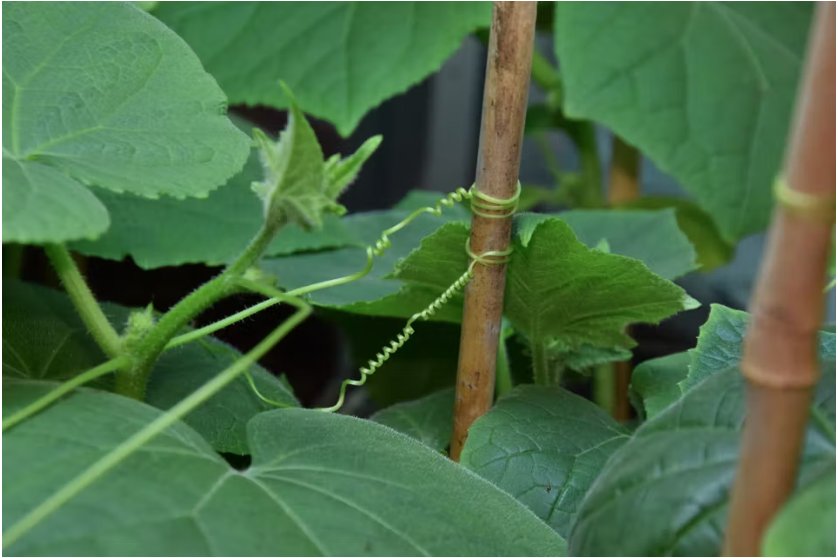
“Elles explorent sans cesse leur environnement, en quête d’un tuteur”
Le quotidien "Le Monde" a commis dans son édition du 5 décembre 2025 un article dédié aux vrilles des plantes grimpantes et interviewé dans ce cadre un spécialiste du laboratoire MSC, Dr. Drazen Zanchi. Extrait de l'intégralité de l'article à retrouver sur le...
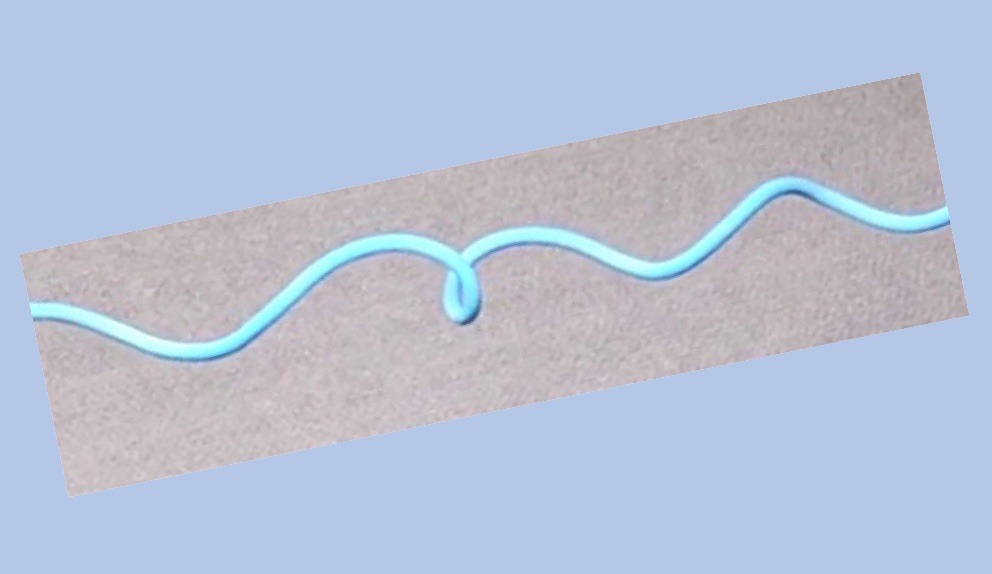
Perversions dans les tiges hélicoïdales élastiques
Dans cet article, nous présentons les résultats d'études expérimentales, théoriques et numériques sur les différents types de transitions abruptes (claquages) dans les tiges hélicoïdales élastiques en présence d'une perversion. Nous montrons que celle-ci est à...
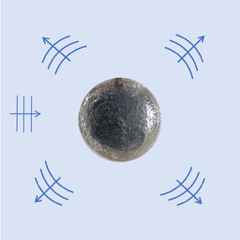
Acoustique des surfaces super hydrophobes
Lorsqu’un solide recouvert d’un traitement superhydrophobe est immergé dans l’eau, il emprisonne une couche d’air, appelée plastron, qui le protège du contact avec le liquide. Cette couche permet la respiration sous-marine chez certains animaux et offre des effets de...

La loi de Wood vérifiée de 0 à 100%
La loi de Wood prédit la vitesse effective du son dans un mélange de fluides. Pour l'eau et l'air, on savait que la prédiction était bonne, à basses fréquences, pour les liquides bulleux dilués (peu d'air) et pour les mousses (peu d'eau). Mais entre les deux, la loi...

Les carbon dots, sondes fluorescentes
Enrique Manso et Alain Ponton du laboratoire MSC, en partenariat avec des chercheurs de l'université de la Corogne (Javier Tarrío-Saavedra, Salvador Naya), ont prouvé que le processus de purification influence les propriétés physico-chimiques, optiques et rhéologiques...
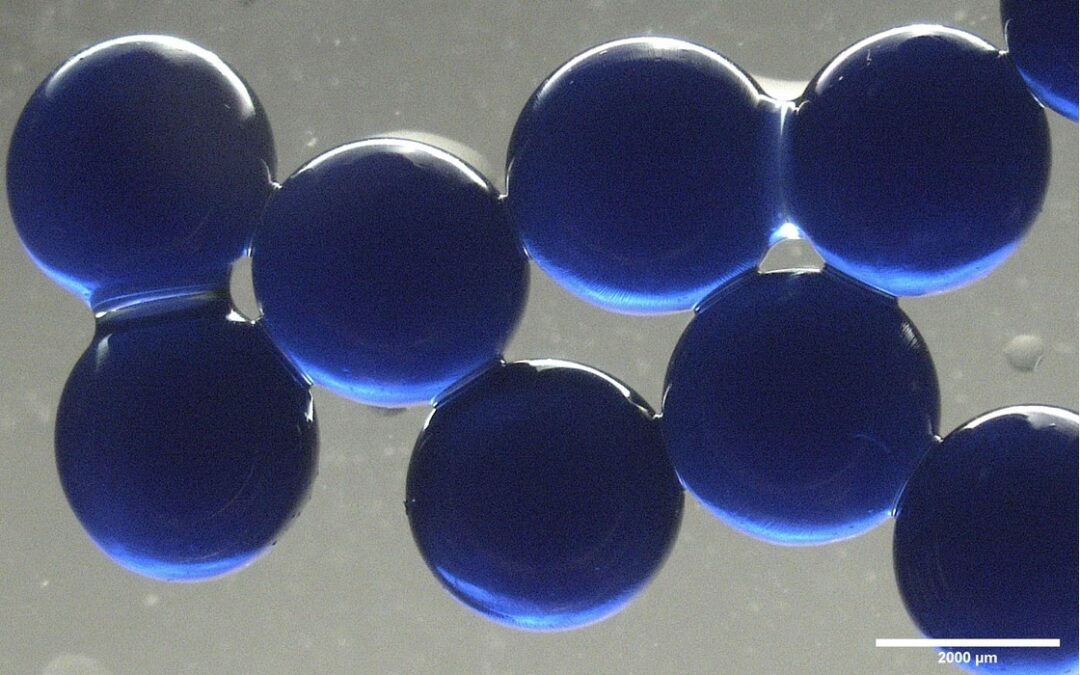
Capturer les polluants grâce à des polymères
Comment trouver un équilibre entre la sélection judicieuse de polymères éventuellement renforcés, l'amélioration des propriétés mécaniques et structurelles des matériaux ainsi que leurs capacités d'absorption, pour faciliter la capture simple ou multiple de polluants...
